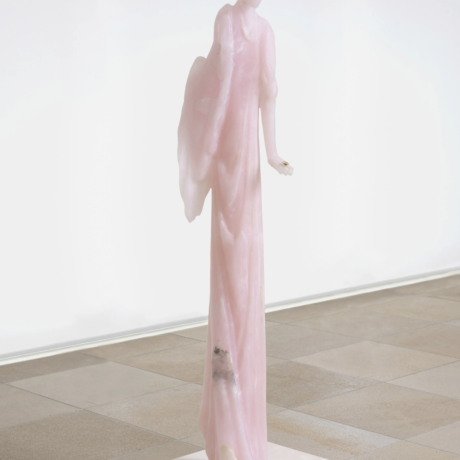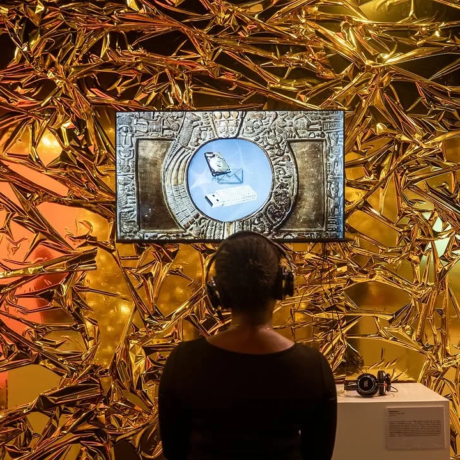This surreal seaside image, whose title references an ancient female monster who preyed on passing sailors, takes sensuality to a new level. With various references to genitalia, penetration, nude flesh, seduction and Greek mythology, Ithell Colquhoun transgressed the moral code of her time, producing a “double image” painting that would make most people blush. The often-overlooked artist and writer was aligned with the British surrealists, but was later expelled from the group because she refused to renounce her associations to the occult. Now, her legacy is being reassessed, with the National Trust recently gifting a significant body of archives and artworks to Tate, who already holds her occultist research. The major collection includes her experiments with surrealist automatism (where the artist suppresses conscious control over the making process), illustrations for her poetry, and little-known printmaking and commercial projects.






